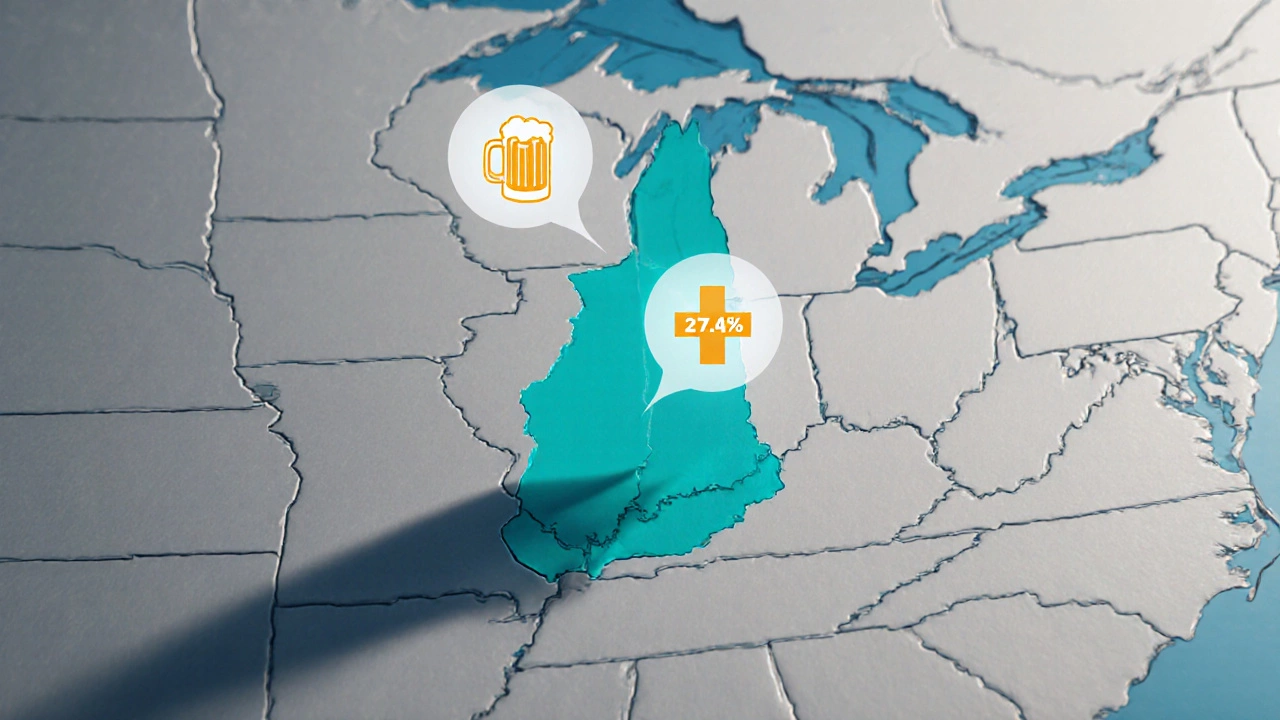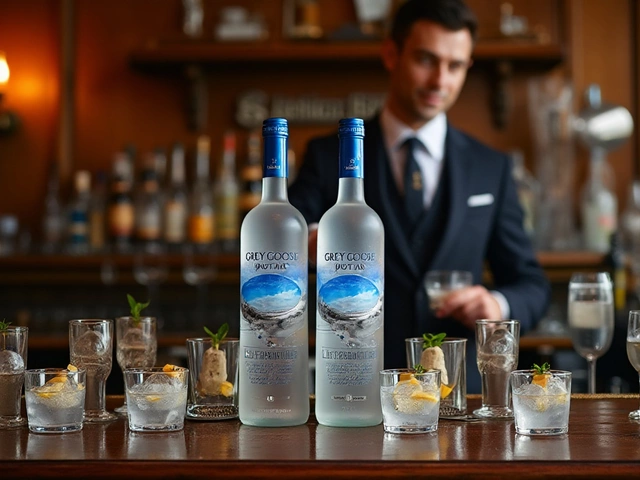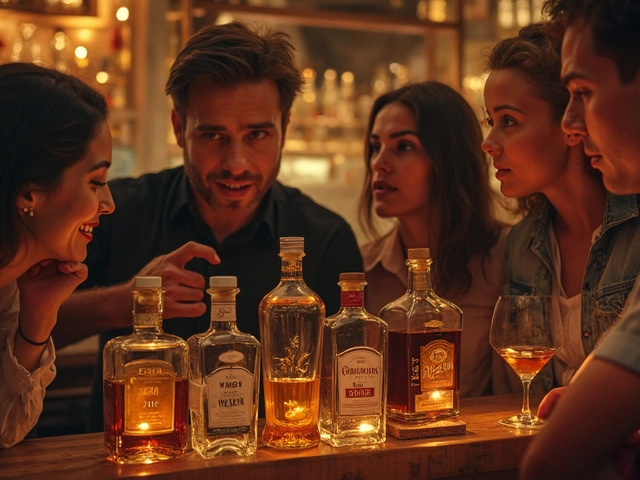Alcoholism Rate Comparison Tool
Compare alcoholism rates using the latest CDC data. Select two states to see how their alcohol use disorder (AUD) prevalence and binge drinking rates differ.
State Comparison
Ever wondered which state tops the chart for alcohol problems? According to the latest CDC data, New Hampshire leads the nation with an alcoholism rate that’s more than double the national average. That number isn’t just a statistic-it shapes how communities, festivals, and health services operate every day.
When we talk about Alcoholism is the chronic disease characterized by an inability to control alcohol consumption despite negative consequences. It’s often measured as Alcohol Use Disorder (Alcohol Use Disorder or AUD), a medical diagnosis used by clinicians and researchers.
How Researchers Measure Alcohol Problems
Two main gauges dominate the conversation:
- Binge drinking prevalence - the share of adults who report consuming five (men) or four (women) drinks in a single occasion.
- AUD prevalence - the percentage of the adult population that meets clinical criteria for alcohol use disorder.
Both figures come from large‑scale surveys. The National Survey on Drug Use and Health (NSDUH) interviews tens of thousands of Americans each year, while the Centers for Disease Control and Prevention (CDC) compiles state‑level health data. Together they paint a detailed picture of where drinking becomes a public‑health crisis.
Top States by Alcoholism Rate (2023‑2024)
| Rank | State | AUD Prevalence | Binge‑Drinking Rate |
|---|---|---|---|
| 1 | New Hampshire | 10.5% | 27.4% |
| 2 | Vermont | 9.8% | 25.3% |
| 3 | North Dakota | 9.5% | 24.9% |
| 4 | Montana | 9.2% | 24.1% |
| 5 | Wisconsin | 9.0% | 23.8% |
New Hampshire’s numbers stand out, but the surrounding New England and Upper Midwest states aren’t far behind. The pattern isn’t random; it reflects shared cultural, economic, and policy factors.
Why New Hampshire Leads the Pack
Several dynamics converge to push New Hampshire above the rest:
- Social norm culture: Alcohol is woven into everyday social life-from college towns to rural community gatherings.
- Lax licensing laws: The state has relatively low excise taxes and permits a high density of liquor stores.
- Seasonal tourism: Summer tourists often indulge in bar‑hop circuits, inflating per‑capita consumption.
- Limited treatment capacity: Fewer inpatient programs and long waiting lists mean fewer people get help early.
These factors don’t exist in a vacuum; they echo in the state’s biggest celebration of hops-its beer festivals.
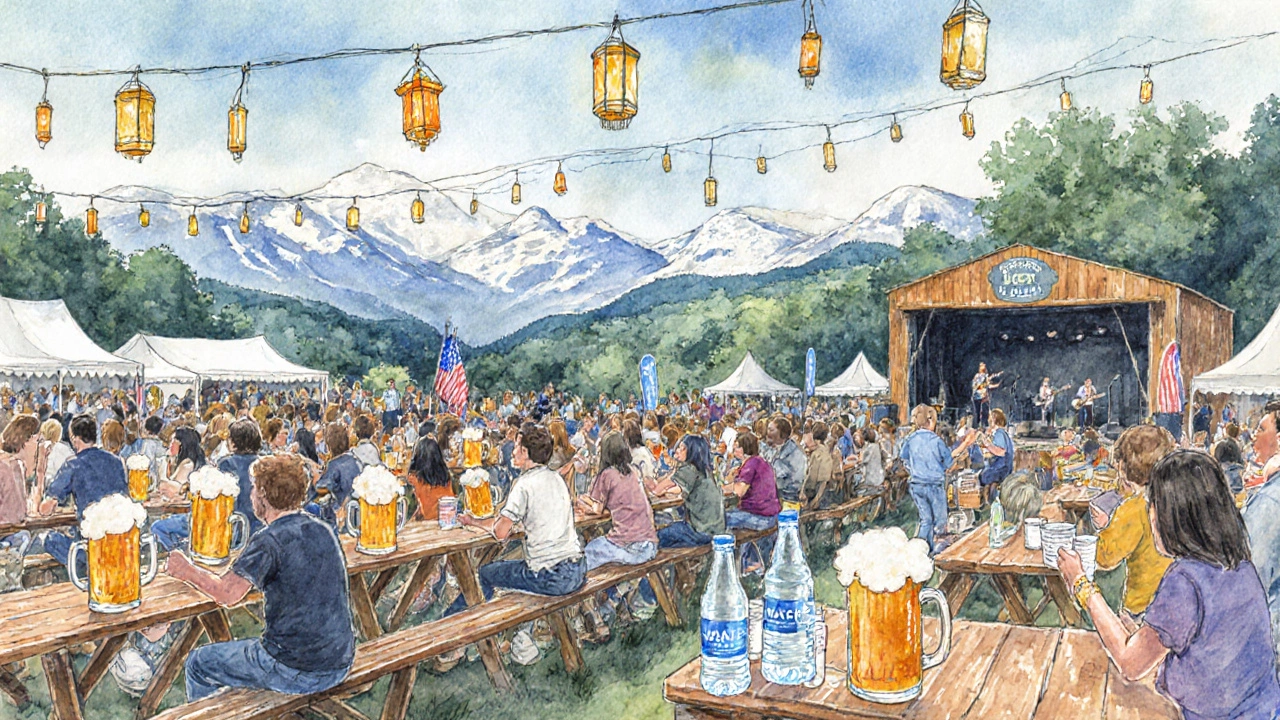
Beer Festivals: A Double‑Edged Sword
New Hampshire hosts dozens of large‑scale beer events each year, from the New England Beer Festival in Manchester to craft‑beer weekends in the White Mountains. While festivals boost local economies and showcase artisanal brews, they also create spikes in binge‑drinking episodes.
Data from the CDC shows that states with frequent beer festivals see a 4-6% uptick in emergency‑room visits for alcohol‑related injuries during festival weeks. The correlation isn’t causal-people who love beer already tend to drink more-but the festivals amplify the risk.
What Communities Can Do
Addressing high alcoholism rates isn’t about banning beer festivals; it’s about smarter policies and better support:
- Increase funding for Alcohol Treatment programs. Expanding outpatient counseling and medication‑assisted treatment can lower AUD prevalence by up to 15% over five years.
- Raise excise taxes modestly. Research from the World Health Organization suggests a 10% tax hike cuts consumption by roughly 4% without hurting the craft‑brew market.
- Promote safe‑drinking initiatives at festivals. Providing free water stations, designated‑driver programs, and on‑site medical tents reduces binge‑drinking‑related incidents by half.
- Educate young adults. College‑campus outreach that debunks myths about “social drinking” lowers the likelihood of developing AUD later in life.
When communities pair these steps with responsible event planning, they can keep the celebration alive while protecting public health.
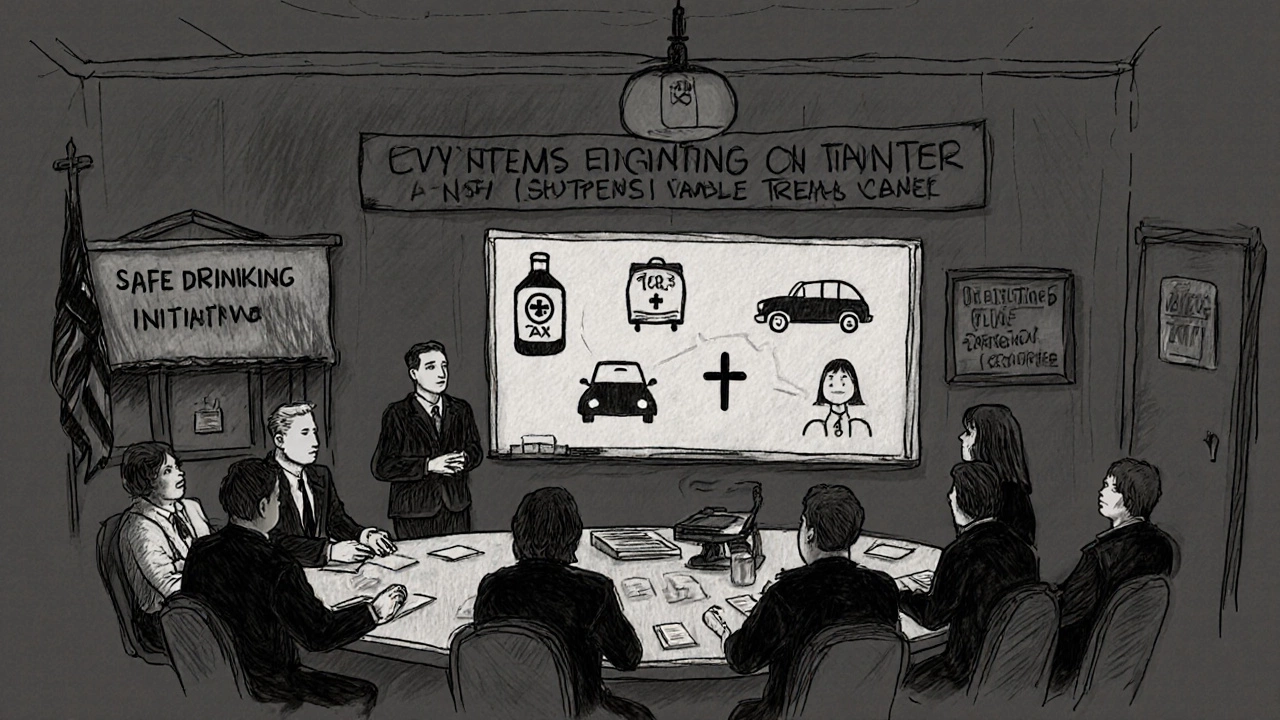
Quick Takeaways
- New Hampshire has the highest alcoholism rate in the U.S., driven by cultural norms and permissive licensing.
- High‑profile Beer Festivals boost local economies but also raise binge‑drinking spikes.
- Effective solutions combine treatment expansion, modest tax increases, and safe‑drinking measures at large events.
Frequently Asked Questions
Which state has the highest binge‑drinking rate?
New Hampshire also leads in binge‑drinking, with about 27% of adults reporting at least one binge episode in the past month.
How is Alcohol Use Disorder measured?
AUD is diagnosed using criteria from the DSM‑5, which counts symptoms like cravings, loss of control, and continued use despite problems. Surveys translate these criteria into prevalence percentages.
Do beer festivals increase overall state alcohol consumption?
Festivals cause short‑term spikes in consumption, but they don’t significantly raise the state’s annual per‑capita intake. However, frequent festivals can normalize heavy drinking.
What are the most effective policies to lower alcoholism rates?
Evidence points to a mix of higher alcohol taxes, stricter outlet density rules, robust treatment funding, and public‑education campaigns targeting young adults.
Where can I find help for alcohol addiction?
The Substance Abuse and Mental Health Services Administration (SAMHSA) offers a national helpline (1‑800‑662‑HELP) and an online treatment locator.
